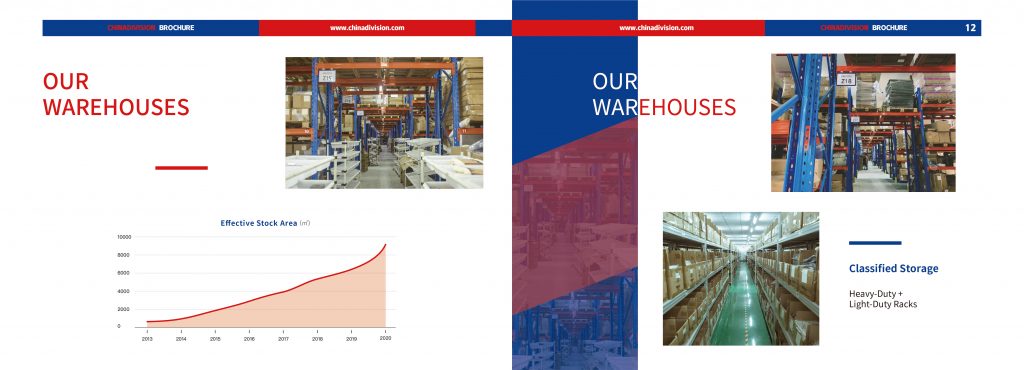
Some people say that SEO doesn’t apply to ecommerce and that Google will naturally pick them up and bring in new traffic.
But this simply isn’t true.
If your competition are optimizing their websites and you’re not – the result? They’re taking ALL your traffic and customers. Ignoring SEO makes your ecommerce business less known among people.
If you’re not taking ecommerce SEO seriously- you’re losing money. Period.
So let’s take a quick look at what techniques you can use.
1.Get your site audited!
It is important that before you start working on anything else, you get a solid SEO foundation.
You wouldn’t build a house without a blueprint!
You can use a few different tools such as
Screaming Frog
Siteliner
SEMrush
Start with Screaming Frog and you can identify everything from Missing Canonical Tags right through to duplicate content. Siteliner will support with finding duplicate content and Semrush actually have their own dedicated auditing tool.
So seriously, you need to get your site audited before even thinking about keywords or developing a link building strategy! You’ll solve a ton of problems as well as making it easy for google to crawl.
2. Have a look at the speed of your site.
Do not underestimate the importance of this step.
If your website takes longer than 3 seconds to load you lose 40% of visitors.
Don’t wave goodbye to all those potential earnings, go to GTMetrix and get a speed analysis. Which will look something like this.
As you can see this example has an awful site speed of nearly 5 second load time and you have already learnt what will happen if this was your site.
In my personal experience, I have been able to increase earnings by $30,000 in 6 hours by increasing my website’s speed.
3. View the architecture of your website.
Keep it simple by making sure your site hierarchy is just that Simple.
A good rule of thumb to stick to, is to make sure your visitors can get from your homepage to your product pages with just 3 clicks. This will not only make it easier for search engines to crawl but also your viewers!
This time let’s take a look at a good example…
If it has a lot more pages to click through for example 7 – 10, then you’ve got some work to do.
4.Keywords–one of the major ranking factors for google.
Keyword research can be tricky, especially with ecommerce SEO, there are 4 main factors you need to consider when doing research for this specific type of keyword.
Search Volume – the best way to determine the best volume for a keyword is to take other high-traffic keywords as a benchmark.
Search Intent – you want people to get to your website who are at the right stage of the sales funnel.
Relevance – picking relevant keywords is simply a matter of thinking what you can offer that matches the given keyword.
Competition – you must pick keywords for which you can realistically rank.
You can use tools like Ahrefs and Semrush to assist you in your keyword research.
The last stage is to optimize your onsite SEO for your target keywords.
Here is a list of factors that you need to look at…
Your Title Tags
Meta Descriptions .
Headings and Subheadings (H1, H2, etc.)
Images
Schema Data
Internal Linking For Ecommerce
Show Your Value Proposition
Use As Many High Quality Pictures As Possible
Write Amazing Product Descriptions
Use Testimonials (or customer reviews)
Link building
So you should now be able to see why you need to use SEO on your ecommerce website.
Editor’s note: This post was originally published in 2018 and has been revamped and updated for comprehensiveness and accuracy.
100